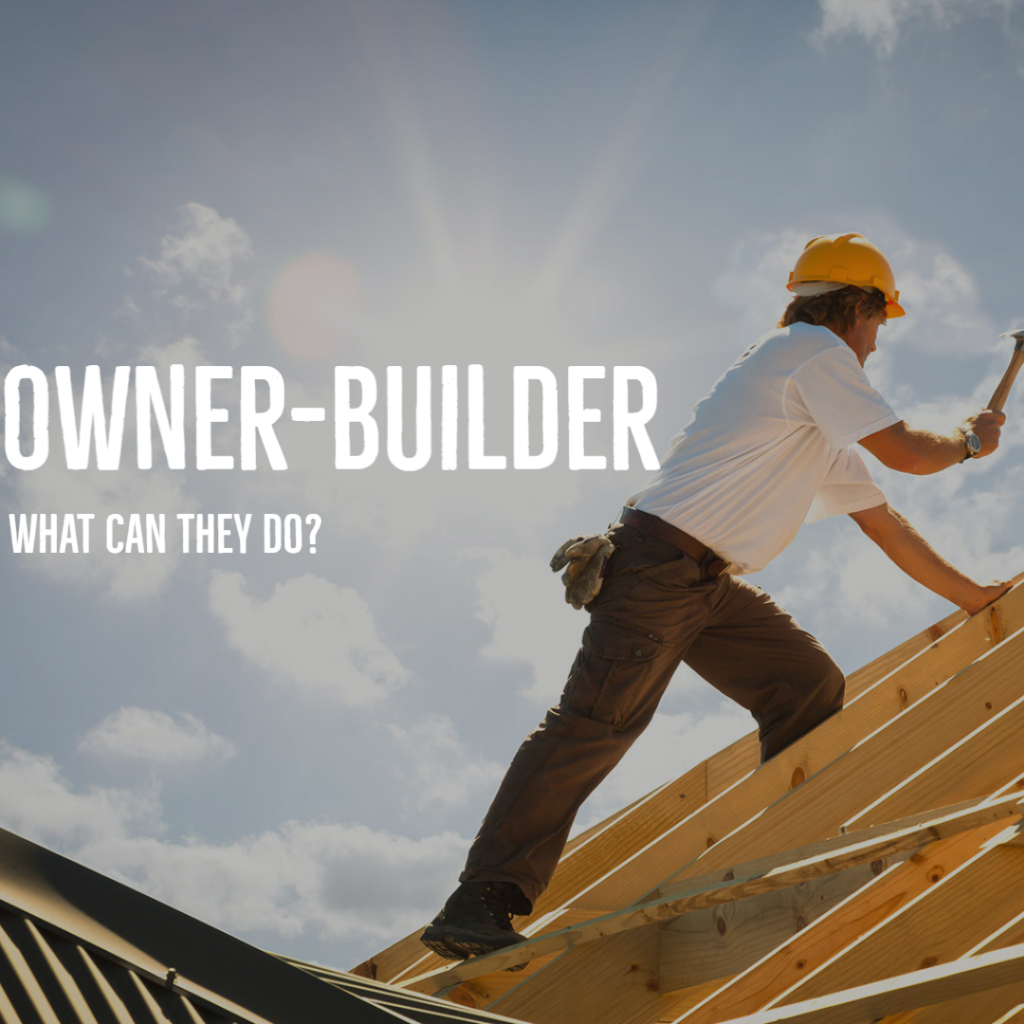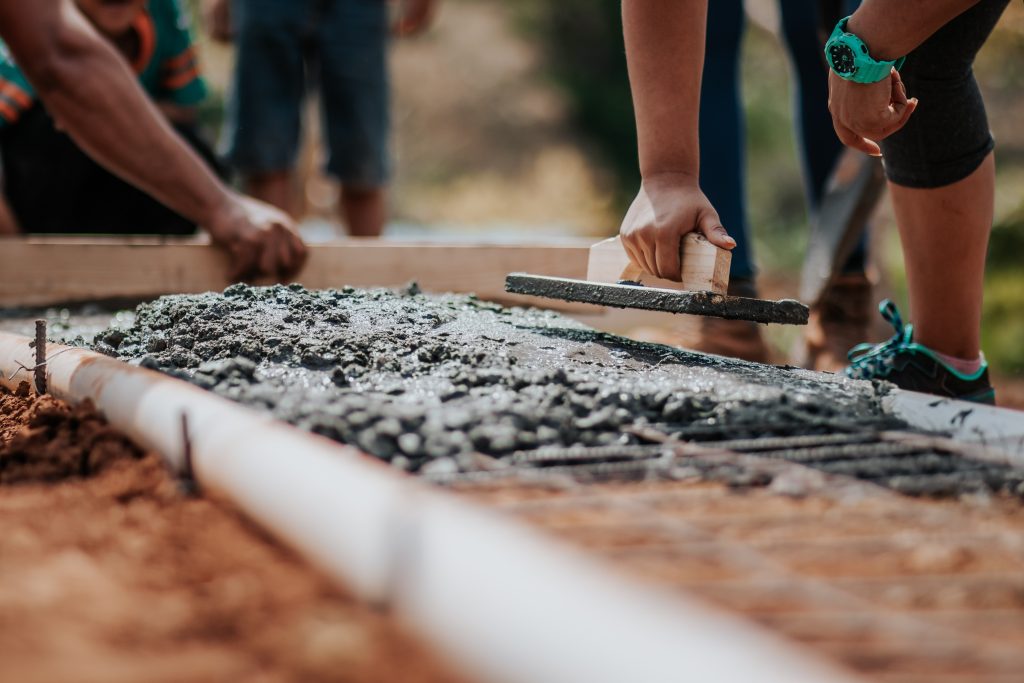NOVEMBER 2022, issue 4
ELITE PERMITS
BRIEFING ON CONSTRUCTION & Some other stuff
Written by TATIANA gUSt

Owner-builders – What can they do?
Can I do a project as an owner-builder? What are the limitations? What I am responsible for? These are questions I get asked all the time.I am approaching this blog from a perspective of Florida requirements, as this is the state that I currently live in. The projects that a person can do as an owner-builder are set by the state and not the local building department, thus this is very consistent across the board, with some minor exceptions on interpretations by different building departments. Owner-builder is an exception to the contracting licensing requirement set forth in the Florida Statutes 489.103-7(a).
Owner-builders, when acting as their own contractor, are limited to building farm buildings, or single family homes, or duplex, for the occupancy or use of the owner and not be sold or listed for sale within 1 year of completion of the permit.
Commercial buildings can also be improved up to $75K, as long as it is used by the owner.
Condos or multifamily are not eligible for the owner-builder permit, since if something goes wrong on the remodel there could be multiple units affected, contrary to the intent of the code which is to protect property and its occupants. There is one exception to this. For an individual residential condominium unit, where the contractor listed on the project substantially completed the project as determined by the local permit agency, the owner may also take over the project as an owner-builder just to complete the last portion of the project (without having to get another contractor to do it), and in this case, the owner-builder is not subject to the 1 year rule of occupancy or sale. Keep in mind this only works when the unit is owned by an individual and not by a business entity.
This does not mean that the owner has to do all the work. Rather, it means that the owner must supervise and hire competent people to do the work. There are also some specific requirements that an owner-building has to agree to.

This is called Disclosure Agreement and includes the following:
- Owner understands that the state requires the work to be done by a licensed contractor, but the owner is applying for the owner-builder exception to the law.
- The owner may not delegate the owner’s responsibility to directly supervise all work to any other person unless that person is a registered or certified contractor and the work being performed is within the scope of that person’s license.
- The owner understands that they are the responsible party in the permit, and they may protect themselves by hiring licensed contractors to pull the permit on their behalf.
- Improved or constructed building has to be for owner’s own use and cannot be sold or leased within 1 year after construction is completed.
- An owner must personally appear and sign the building permit application; however, this is not required for a solar project.
- An owner must satisfy local permitting requirements and comply with all applicable laws and regulations.
- An owner must prove that he/she has a complete understanding of the owner’s obligations under the law.
- An owner may be held liable and subjected to serious financial risk for any injuries sustained by an unlicensed person or his/her employees while working on the property.
- Any person working under an owner-builder who is not licensed must be employed by the owner, and the owner must withhold federal income tax, social security contributions, and provide workers comp.

All these regulations are in place to ensure the owners understand the risk associated with being their own contractor. Being an owner-builder takes time and effort to complete the project, and as long as you are willing to make the investment, and comply with the regulations established by the law, then this is a process that anyone who owns the eligible property can take on.
All these regulations are in place to ensure the owners understand the risk associated with being their own contractor. Being an owner-builder takes time and effort to complete the project, and as long as you are willing to make the investment, and comply with the regulations established by the law, then this is a process that anyone who owns the eligible property can take on.
In my opinion, owner-builders don’t always save time and money in the process. Throughout the years I have seen contractors do construction on a regular basis, so they know how to approach and schedule the series of task very efficiently; they also have contacts and relationships with the trades where they give them a better price than you going directly to them. Most contractors pass this saving to you and just add the supervisory fee on top of it. The subtrades charge the higher prices, because often they are teaching the owners the right way of doing things or have to hold the owner’s hand, which takes time for them. The subtrades also tend to push owner-builder’s schedules, since owner-builders are not always ready when they say they are. If you have a good contractor, they manage the schedule much better. When it comes to materials, contractors who regularly do business with supply companies normally can get material faster than an owner-builder can. So, it is not always greener.
Don’t take me wrong. I have seen a handful of projects where the owner-builders did better than some of my contractors, but this is the exception and not the norm. I have seen many owner-builders so frustrated that at the end they tend to hire a contractor anyways. So, before you embark on a journey of building your own home, take into consideration if your time and effort are worth the fee that you may save on that contractor overseeing your project.
That’s it for today. Let me know if you want me to address another topic in the future, and please share the knowledge with others. Don’t forget to subscribe!







